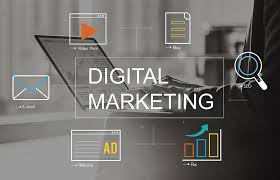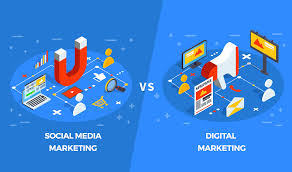29
Sep
Google Ads is the most widely used and well-known pay-per-click (PPC) advertising platform, which allows businesses to display ads on Google's search engine results pages (SERPs) and other Google partner websites. However, there are other PPC platforms available as well. Here's an overview of Google Ads and other notable PPC platforms: Google Ads: Google Ads provides advertisers with a range of advertising options, including search ads, display ads, video ads, shopping ads, and app promotion ads. With Google Ads, advertisers bid on keywords and target specific locations, demographics, and devices to reach their target audience. Google Ads offers various targeting…









